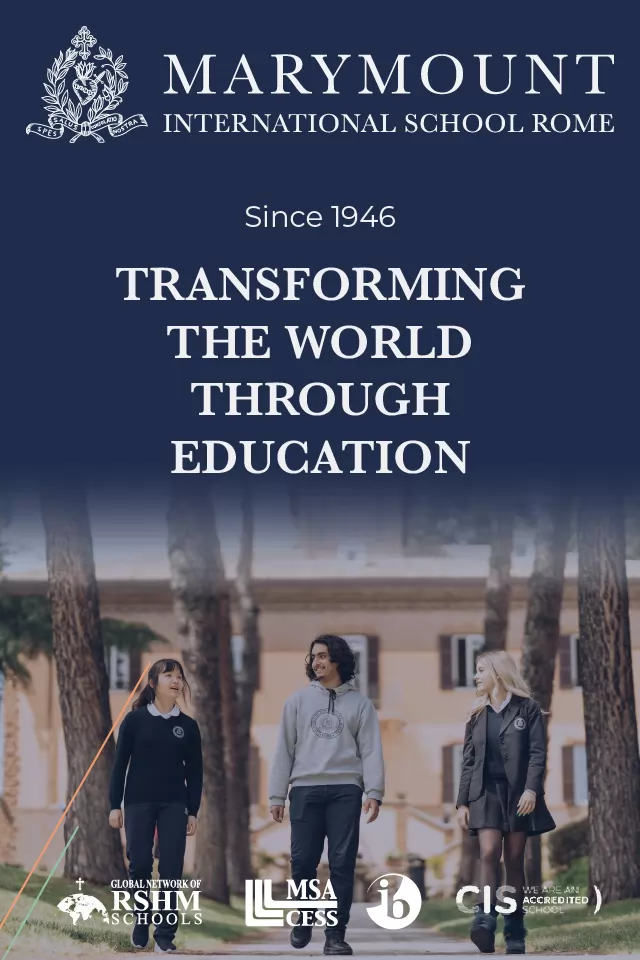Taking Rome home
Have you ever wondered who buys those glittery miniature colosseums, spoons with the popes likeness and bronze-like gladiator figurines? And more importantly, why? Whether you call them knick-knacks, keepsakes or kitsch, Rome is chock-full of souvenirs. An informal survey of vendors and tourists provided a glimpse into which products sell best and what buyers have to say about their choices.
Piazza di Spagna was the first stop. This is where Max runs a typical souvenir kiosk selling alabaster casts of the Colosseum and St Peters, a large assortment of rosaries, key chains, cigarette lighters and plastic statues of Michelangelos David, gladiators and the Archangel Michael. The best-selling item is a rose-scented wooden rosary in a plastic case with a picture of Pope John Paul II. As soon as customers show a mild interest, Max pops off the top and encourages them to experience the fragrance of the beads. Retailing at e5, he sells over 30 per day to tourists of all ages.
Daniela Calabrese, who works in a store only wide enough for single-file shopping, had no trouble naming her Rome-inspired top sellers. The number one spot went to shot glasses, competitively priced at 2.60 each. Coming in at number two were e8 spoons, and at number three were commemorative plates ranging from e5 to e12. A quick check on the internet showed there is strong interest in these items among collectors.
After a while all the merchandise starts to look the same, as everyone carries pretty much the same inventory. But one new offering (albeit based on an old theme) was spotted near the Trevi fountain: nylon boxer shorts depicting Davids nether regions. Maria Adele says they are selling briskly at e12 a pair. She, her husband Claudio Volpini and their two sons sell mementoes from their expanded newsstand, a business that has been run by the Volpini family on the same spot for 130 years. As the demand for different language newspapers has increased with tourist numbers so has their product line of souvenirs. The most popular items sold here are small trinkets such as key chains and cigarette lighters, and kitchen aprons bearing the torso of David.
Prerequisites for best-selling merchandise are price (under e10) and easily transportable size. The profile of a typical purchaser is not as easily defined. A couple shopping in Piazza Navona who had bought several items for family members said the Piet figure would find its new home on a bedroom dresser in Milford, Connecticut. An imitation bronze statue of a gladiator went home with an 11-year-old boy from Denmark. And a grandmotherly figure from Germany purchased several Colosseum miniatures. However, four women from New Jersey and Pennsylvania turned their noses up at the souvenirs. Sounding a bit jaded, one claimed they had already seen most of this stuff in the United States. A trio of women shopping near the Spanish Steps agreed, saying they werent shocked by the plethora of plastic replicas as they had seen worse in New York.
The biggest day for sales at Piazza Navona is Sunday, while Fridays are booming at Campo de Fiori. And it isnt surprising to hear that at the Vatican, Sunday and Wednesday are the best business days of the week. Papal audiences tend to bring large crowds, and canonisations break sales records. Marco DeLuca reported that he sold about 400 rosaries on the two or three days surrounding the canonisation of Opus Dei founder Jos Maria Escriva de Balaguer last October. This type of buying frenzy is short-lived, however; now there are just a couple of keepsakes from the event available. With such robust business, it makes one wonder why there arent even more vendors stationed nearby. DeLuca explained that permits are required, which are expensive and difficult to obtain; to set up shop it is necessary to buy someone elses permit.
Three women from Limerick, Ireland, on a shopping spree at the Vatican, had between them purchased several religious medals and statues, some decorated rosary boxes and eight key chains. These were gifts for friends in Ireland and they still had some children to shop for: sport shirts for two boys. Football jerseys always sell well, but the most popular ones with tourists are in the colours of Roma and Italys national team, the Azzurri. Japanese visitors tend to choose Parma and Reggina shirts bearing the names of players Hidetoshi Nakata and Shunsuke Nakamura respectively.
Giacomo Sermoneta, who has spent 50 of his 60 years at the entrance to the Colosseum, pointed without hesitation to his most crowd-pleasing product: a e10 book entitled Rome Monuments. He said that on a good day he might sell 100 copies of the book with its transparent page overlays. It became apparent why when a nearby tour guide held up a copy and said to her entourage: this is the book I would recommend. At least five of the 30 group members purchased it on the spot.
Whether these souvenirs become treasured mementoes or end up collecting dust, the fact is they are inexpensive reminders of time spent in Rome. To loosely paraphrase Julius Caesar, Veni, vidi, emi I came, I saw, I bought.




















